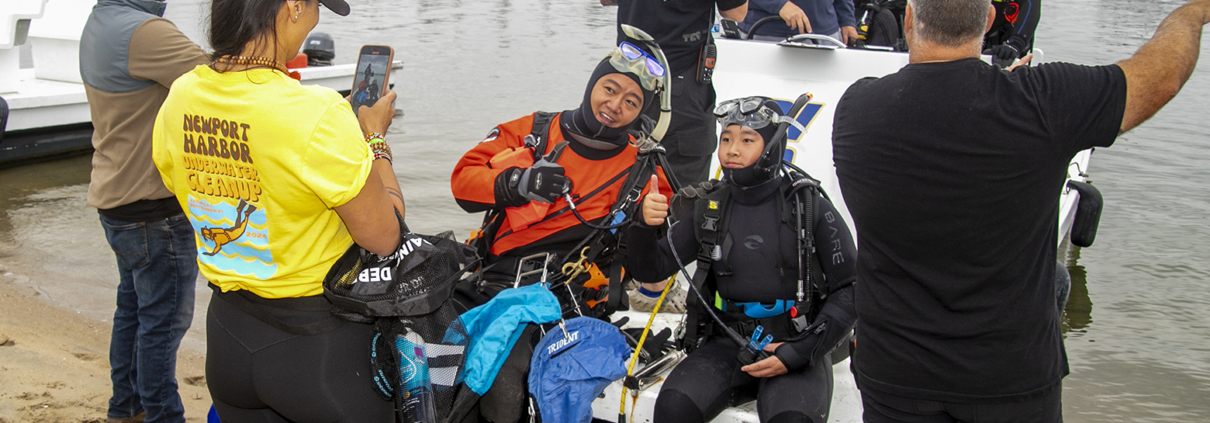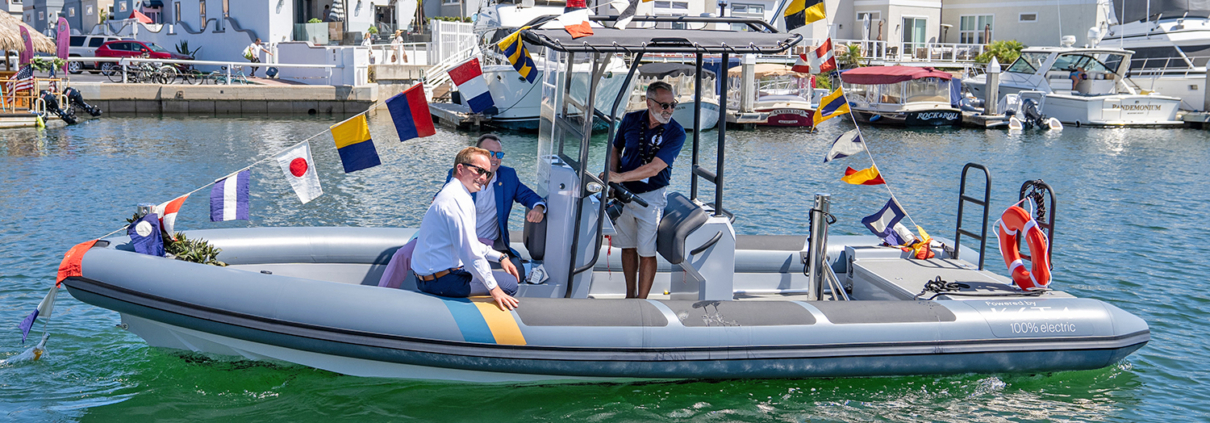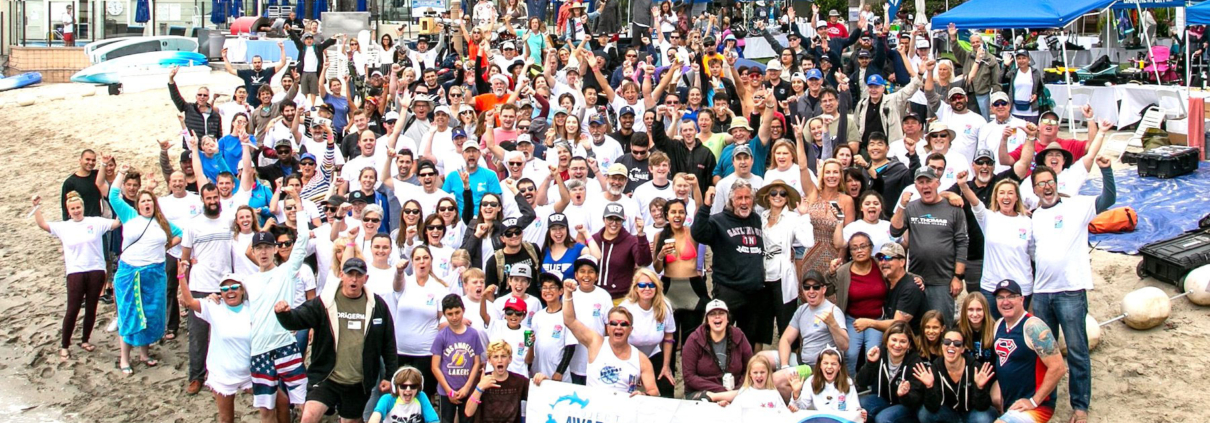OC Coastkeeper’s Litigation Stops Newport Harbor Confined Aquatic Disposal Facility and Improves Dredging Project
By Newport Indy Staff – August 29, 2024
Source: Newport Beach Independent https://www.newportbeachindy.com/oc-coastkeepers-litigation-stops-newport-harbor-confined-aquatic-disposal-facility-and-improves-dredging-project
As the result of a lawsuit filed by Orange County Coastkeeper over Endangered Species Act and National Environmental Policy Act concerns, the United States Army Corps of Engineers has revised its Newport Harbor dredging project.
The updated plans feature a better solution for contaminated dredged material and a monitoring program that protects green sea turtles and marine mammals.
“After years of advocacy and enforcement actions, we are excited to see the Corps’ dredging project proceed with an improved design that better considers the health of Southern California’s coastal ecosystem,” said Garry Brown, founder and president of Orange County Coastkeeper. “The new plan for the dredged material is a big win for our waters and helps lower costs. Rather than burying contaminated sediment underneath Newport’s turning basin in a poorly designed disposal facility, the material will be repurposed and contained in an expansion project at the Port of Long Beach.”
Reuse of Contaminated Dredged Material
One of Coastkeeper’s primary concerns about the project was how the Corps would transfer and dispose of the dredged material. While dredged material is commonly dumped offshore, samples from Newport Harbor’s federal channels showed exceedances too high in harmful and toxic pollutants, including mercury, polychlorinated biphenyls (PCBs), and dichloro-diphenyl-trichloroethane (DDT), to qualify for offshore disposal.
Initially, the Corps had planned to store the contaminated dredged material in a Confined Aquatic Disposal (CAD) facility constructed by the City of Newport Beach. This project entailed burying contaminated material underneath Newport Harbor’s turning basin and thinly covering it with less polluted sediment in hopes of reducing recontamination.
Coastkeeper’s legal experts and marine scientists found the project design flawed, with high risks of endangerment to local waters, wildlife, and community members.
The revised Newport Harbor dredging project will repurpose the dredged material for a pier expansion project in the Port of Long Beach. The material will be placed above the water and permanently sealed with an impervious surface to eliminate the risk of the contaminated material entering the ocean. This update allows the contaminated sediment to be safely repurposed and decreases the need for the Port of Long Beach to dredge for new material.
With the contaminated dredged material repurposed for a Port improvement project, the Corps has permanently suspended the City’s construction permits for the CAD facility, effectively terminating the project.
Protecting Green Sea Turtles and Marine Mammals
Coastkeeper’s lawsuit also addressed concerns over the Corps’ lack of consideration for protected species, such as the green sea turtle, while dredging. Under the Endangered Species Act, the Corps must consult with the National Marine Fisheries Service and the U.S. Fish and Wildlife Service about the project’s effects on certain protected species.
NMFS expressed concern over the project’s potential impacts on green sea turtles, which can be found in many Southern California waterways rich in seagrass, like Newport Bay. These concerns were initially not addressed.
Following Coastkeeper’s lawsuit, the Corps properly consulted with NMFS to analyze what protected species may be affected by its dredging project. The Corps will now incorporate a monitoring program to watch for green sea turtles, marine mammals, and other protected species while dredging occurs to reduce the project’s environmental impact.
Orange County Coastkeeper is a member of Waterkeeper Alliance, which supports over 350 different independent programs across 47 countries. Founded in 1999, the mission of Coastkeeper is to protect swimmable, drinkable, fishable water and promote watershed resilience throughout our region.
Coastkeeper is a nonprofit clean water organization that serves as a proactive steward of our fresh and saltwater ecosystems.
For more information, visit www.coastkeeper.org.
By Newport Indy Staff – August 29, 2024
Source: Newport Beach Independent https://www.newportbeachindy.com/oc-coastkeepers-litigation-stops-newport-harbor-confined-aquatic-disposal-facility-and-improves-dredging-project
Share this entry
It’s surprising what you can find at the bottom of Newport Harbor.
Bicycles, toolboxes, traffic cones, even a boat. There’s lots of plastic and things that have fallen off boats—not that boaters are dumping stuff deliberately; they just wind up in the harbor.
On one memorable occasion, a diver found a gun. “We informed the police and they said don’t touch it,” explained boatman Guy Harden. “Two divers stayed there until the police showed up, saying the gun was part of an investigation. We never heard anything about it after that, sorry to say.”
The City of Newport Beach celebrated two significant milestones in Newport Harbor on Wednesday, August 27: opening a new public dock and welcoming the first electric patrol vessel in the Harbor Department fleet.
The new VITA Seal electric boat is also the first all-electric work vessel delivered to any public agency in the United States.
The Newport Harbor Underwater Cleanup, in partnership with the City of Newport Beach, has announced the 4th Annual Newport Harbor Underwater Cleanup scheduled for Saturday, Sept. 21 at Marina Park in Newport Beach.
Launched in 2017 by Help Your Harbor’s founders—former Newport Beach mayor Marshall “Duffy” Duffield and local environmentalists Billy Dutton and Mark Ward — NHUC hosted three years of sold-out cleanup events at the Balboa Bay Club before being put on hold due to the COVID-19 pandemic.
“We’re thrilled to expand this year’s event at our new location,” says Billy Dutton, co-founder of NHUC and Help Your Harbor. “The Newport Marina Park site allows for much greater community participation, with volunteers helping to clean up our harbor both above and below the water. The addition of the International Coastal Cleanup Day celebration at Marina Park that afternoon will bring together over two dozen organizations and their volunteers, all committed to protecting our precious marine environment.”





Leave a Reply
Want to join the discussion?Feel free to contribute!